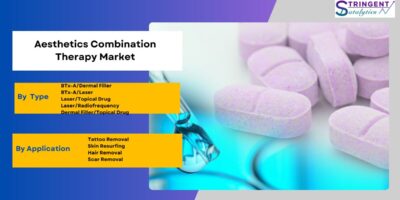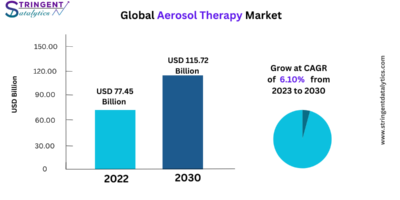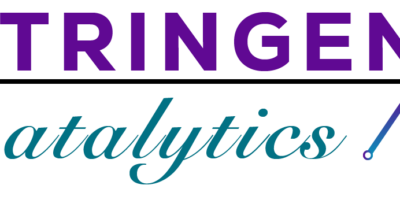Get Free Exclusive PDF Sample Copy of This Research Report https://stringentdatalytics.com/sample-request/biosimilars-&-follow-on-biologics-market/15746/
Market Segmentations:
Global Biosimilars & Follow-on-biologics Market: By Company
Novartis (Sandoz)
Synthon Pharmaceuticals
Teva Pharmaceutical Industries
LG Life Sciences
Celltrion Biocon
Hospira
Merck Serono (Merck)
Biogen idec
Genentech (Roche)
Global Biosimilars & Follow-on-biologics Market: By Type
Human growth hormone
Erythropoietin
Monoclonal antibodies
Insulin
Interferon
Granulocyte-Colony Stimulating Factor
Others
Global Biosimilars & Follow-on-biologics Market: By Application
Blood Disorders
Oncology Diseases
Chronic and Autoimmune Diseases
Growth Hormone Deficiencies
Others
Global Biosimilars & Follow-on-biologics Market: Regional Analysis
The regional analysis of the global Biosimilars & Follow-on-biologics market provides insights into the market’s performance across different regions of the world. The analysis is based on recent and future trends and includes market forecast for the prediction period. The countries covered in the regional analysis of the Biosimilars & Follow-on-biologics market report are as follows:
North America: The North America region includes the U.S., Canada, and Mexico. The U.S. is the largest market for Cold-chain Pharma in this region, followed by Canada and Mexico. The market growth in this region is primarily driven by the presence of key market players and the increasing demand for the product.
Europe: The Europe region includes Germany, France, U.K., Russia, Italy, Spain, Turkey, Netherlands, Switzerland, Belgium, and Rest of Europe. Germany is the largest market for Cold-chain Pharma in this region, followed by the U.K. and France. The market growth in this region is driven by the increasing demand for the product in the automotive and aerospace sectors.
Asia-Pacific: The Asia-Pacific region includes Singapore, Malaysia, Australia, Thailand, Indonesia, Philippines, China, Japan, India, South Korea, and Rest of Asia-Pacific. China is the largest market for Cold-chain Pharma in this region, followed by Japan and India. The market growth in this region is driven by the increasing adoption of the product in various end-use industries, such as automotive, aerospace, and construction.
Middle East and Africa: The Middle East and Africa region includes Saudi Arabia, U.A.E, South Africa, Egypt, Israel, and Rest of Middle East and Africa. The market growth in this region is driven by the increasing demand for the product in the aerospace and defense sectors.
South America: The South America region includes Argentina, Brazil, and Rest of South America. Brazil is the largest market for Cold-chain Pharma in this region, followed by Argentina. The market growth in this region is primarily driven by the increasing demand for the product in the automotive sector.
Reasons to Purchase this Report
- Market segmentation based on qualitative and quantitative analysis, taking into account both economic and non-economic aspects.
- Data on market value (in US dollars) for each section and sub-segment
- Identifies the area and market segment anticipated to experience the quickest growth and hold the majority of the market.
- Analysis by geography showcasing product/service usage in the region and highlighting the market dynamics affecting each region.
- A competitive landscape that takes into account recent service/product launches, collaborations, company expansions, and acquisitions by the companies profiled, as well as the market share of the leading players.
- Comprehensive company profiles for the top players in the industry, including business overviews, corporate insights, product benchmarking, and SWOT analyses
- The industry’s future market forecast in light of recent changes, including growth possibilities, drivers of growth, and obstacles present in both developing and emerging economies.
- Comprises a thorough examination of the market from a number of angles using Porter’s Five Forces analysis.
- Offers market knowledge across the Value Chain
- The current market dynamics scenario and future market expansion prospects
- Post-sales analyst assistance for six months
Click Here, To Buy Premium Report https://stringentdatalytics.com/purchase/biosimilars-&-follow-on-biologics-market/15746/?license=single
Frequently Asked Questions About This Report
- How big is the Market?
- What is the Market growth?
- Which segment accounted for the largest Market share?
- Who are the key companies/players in the Market?
- What are the factors driving the Market?
- How has the Covid-19 pandemic affected the Market?
- What is the leading solution segment in the Market?
- What is the leading deployment segment in the Market?
About Stringent Datalytics
Stringent Datalytics offers both custom and syndicated market research reports. Custom market research reports are tailored to a specific client’s needs and requirements. These reports provide unique insights into a particular industry or market segment and can help businesses make informed decisions about their strategies and operations.
Syndicated market research reports, on the other hand, are pre-existing reports that are available for purchase by multiple clients. These reports are often produced on a regular basis, such as annually or quarterly, and cover a broad range of industries and market segments. Syndicated reports provide clients with insights into industry trends, market sizes, and competitive landscapes. By offering both custom and syndicated reports, Stringent Datalytics can provide clients with a range of market research solutions that can be customized to their specific needs.
Contact Us
Stringent Datalytics
Contact No- +1 346 666 6655
Email Id- sales@stringentdatalytics.com
Web- https://stringentdatalytics.com/




Leave a Reply